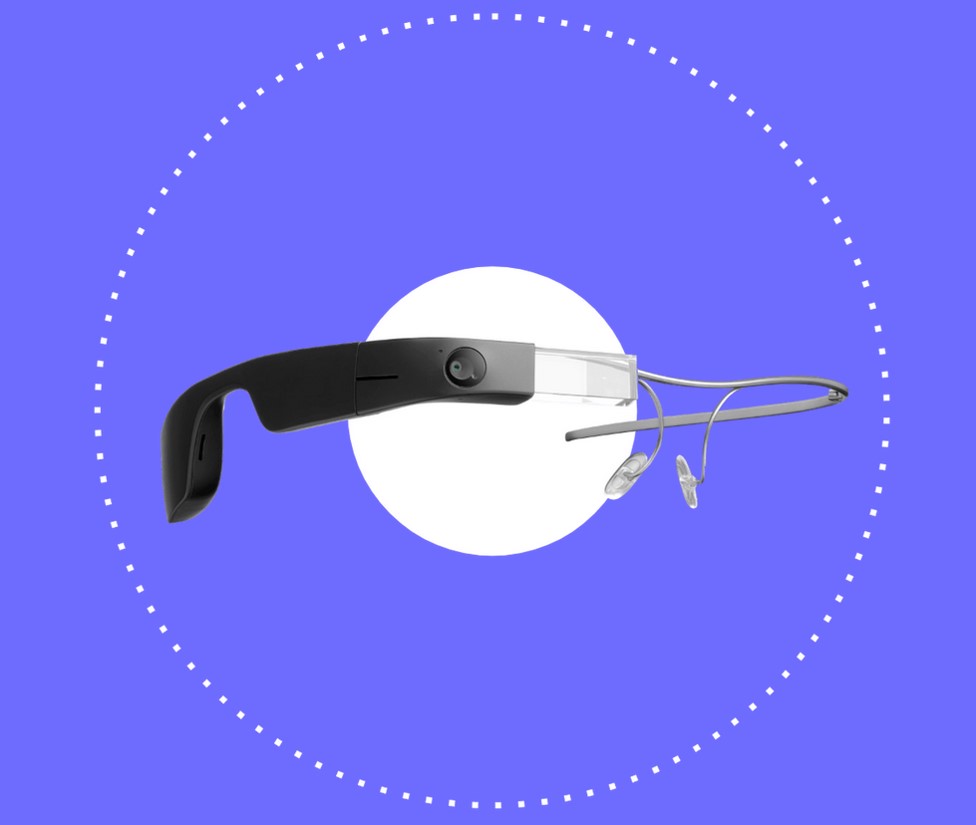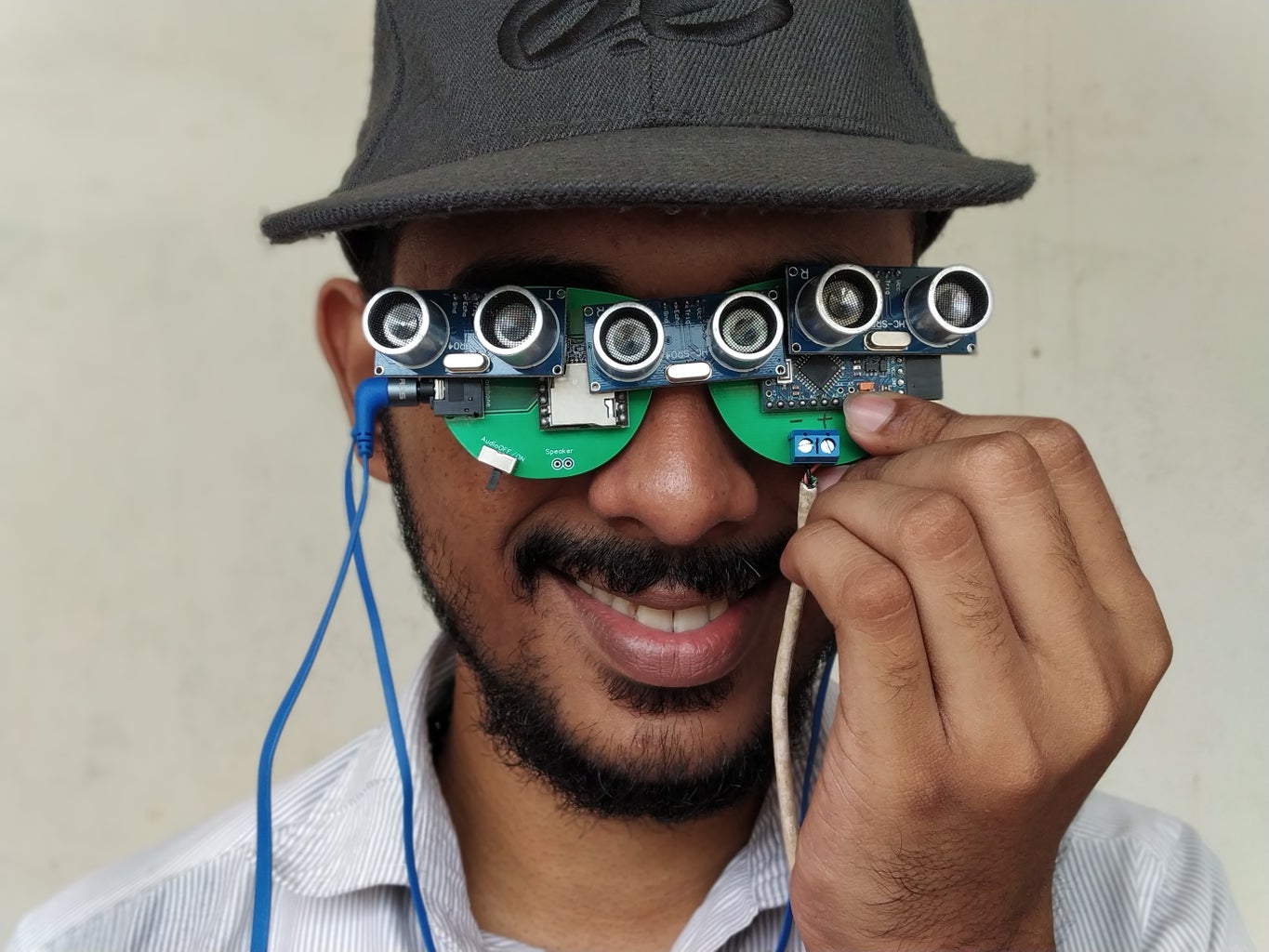Wearable Technology for Low Vision: Transforming How We Navigate the World
Wearable Technology for Low Vision: Transforming How We Navigate the World
Blog Article
Empowering Self-reliance With Assistive Technology for the Blind
The assimilation of assistive innovation for individuals that are blind or visually damaged stands for a significant innovation in promoting independence and improving top quality of life. With a series of devices-- from screen visitors to cutting-edge responsive tools-- these modern technologies not only help with navigating and communication however additionally advertise social incorporation and involvement in different facets of life. As we discover the varied kinds of assistive tools and their real-world applications, it becomes clear that the impact is profound. Yet, the development of this technology elevates crucial concerns about availability and future developments that necessitate further evaluation. Assistive technology for the blind.
Comprehending Assistive Modern Technology
Although assistive modern technology has actually progressed considerably throughout the years, its basic function stays the very same: to boost the lifestyle for people with impairments, specifically those who are aesthetically damaged or blind. This modern technology encompasses a wide range of tools and gadgets that promote freedom and performance in daily tasks.
Assistive technology can be categorized right into modern and low-tech services, each made to meet particular demands. Modern gadgets typically include software application applications, specialized equipment, and flexible tools that utilize innovative technology to supply assistance in different contexts. Conversely, low-tech remedies might include daily items that are customized to boost availability, such as magnifiers or tactile pens.
The combination of assistive modern technology right into the lives of individuals who are blind or aesthetically hindered not only promotes freedom yet likewise promotes social incorporation and engagement in educational and specialist environments. By leveraging these technologies, customers can navigate their environments, access details, and connect successfully, consequently enhancing their total lifestyle. Understanding assistive innovation is crucial for supporters, professionals, and caretakers who intend to support people in optimizing their possible and achieving better self-reliance.
Sorts Of Assistive Devices
Assistive gadgets for the aesthetically damaged and blind are necessary devices that improve daily obeying resolving particular difficulties run into by customers. These gadgets can be extensively classified right into 3 primary kinds: optical gadgets, electronic devices, and sensory gadgets.

Sensory devices, such as Braille screens and responsive maps, offer alternate methods to obtain details. Braille shows transform electronic text into Braille, making it possible for customers to check out touch. Tactile maps use spatial understanding with elevated structures and lines, enabling better environmental recognition.
With each other, these assistive tools encourage people with aesthetic disabilities to engage even more totally with their environments, advertising higher independence and confidence in everyday activities.

Effect On Life
The assimilation of assistive innovation right into the lives of people that are blind or aesthetically impaired dramatically enhances their ability to interact and navigate with the world around them. Tools such as display viewers, Braille displays, and mobile applications promote my blog access to details, enabling customers to engage with electronic web content, communicate effectively, and take care of daily tasks separately.
Additionally, technologies like wise glasses and navigating apps supply real-time assistance in unfamiliar settings, boosting mobility and confidence. These tools make it possible for individuals to determine obstacles, read indicators, and even identify faces, thus fostering a feeling of freedom in public areas. Furthermore, home automation systems, which can be controlled via voice commands, enable people to handle their living atmospheres better, enhancing comfort and security.
The influence of assistive modern technology extends beyond practical tasks; it advertises social addition and emotional well-being. By linking the space in between individuals and their surroundings, these modern technologies encourage customers to participate fully in area activities, seek academic possibilities, and participate in significant partnerships. Inevitably, the improvement of assistive technology is important in redefining the possibilities for individuals that are blind or aesthetically impaired, bring about a more comprehensive and available society.
Success Stories and Testimonials

An additional powerful review comes from Mark, a recent university grad who used screen reading software program throughout his scholastic journey. This modern technology enabled him to gain access to program products and join discussions, ultimately causing his successful change right into the workforce. Mark credit scores assistive innovation for encouraging him to accomplish his profession objectives, highlighting its duty in leveling the having fun field for individuals with visual impairments.
Furthermore, area centers have actually reported boosted engagement in their programs thanks to the introduction of accessible electronic systems. These systems have actually made it simpler for individuals to connect, share resources, and support each other. These success tales collectively underscore the extensive result of assistive innovation in fostering self-reliance, improving quality of life, and find more information damaging down obstacles for the blind and visually impaired neighborhood.
Future Trends in Assistive Tech
Emerging innovations are positioned to reinvent the landscape of assistive tech for people that are visually impaired or blind. Developments in fabricated knowledge (AI) and artificial intelligence are improving the capacities of devices, allowing even more instinctive user experiences. For example, AI-driven applications are significantly able to recognize objects and review text aloud in real-time, giving individuals with valuable details about their environments.
Additionally, advancements in wearable technology are producing brand-new opportunities for self-reliance. Smart glasses outfitted with enhanced fact functions can overlay vital details onto the user's field of view, assisting in navigation and interaction with the atmosphere. In addition, the combination of Web of Things (IoT) tools is enhancing availability in smart homes, permitting users to manage devices and receive notices via voice commands or responsive user interfaces.
The development of braille screens and tactile comments systems is also increasing, advertising accessibility to digital material and enhancing communication. As these modern technologies remain to develop, they promise to enhance everyday living, educational possibilities, and employment potential customers for people with aesthetic problems. Continual cooperation between technologists, users, and advocacy teams will be necessary in guaranteeing these innovations satisfy the demands of the area successfully.
Conclusion
To conclude, assistive innovation plays a pivotal function you can try here in improving the freedom of people that are blind or visually damaged. By supplying necessary devices and sources, these innovations help with boosted access, navigating, and communication to details, thereby fostering autonomy and self-esteem. The transformative effect of assistive gadgets not only promotes effective communication with the setting yet also urges social inclusion and participation in numerous aspects of life, inevitably empowering customers to grow within their communities.
The integration of assistive innovation for people that are visually impaired or blind represents a considerable development in promoting independence and improving quality of life.The integration of assistive innovation into the lives of individuals that are blind or aesthetically harmed not only promotes freedom yet additionally cultivates social inclusion and participation in instructional and expert settings. Ultimately, the innovation of assistive technology is crucial in redefining the opportunities for people that are blind or aesthetically damaged, leading to an extra inclusive and available culture.
Many individuals who are blind or visually damaged have shared motivating success tales that highlight the transformative impact of assistive innovation on their lives.In conclusion, assistive innovation plays a critical role in improving the independence of people who are aesthetically impaired or blind.
Report this page